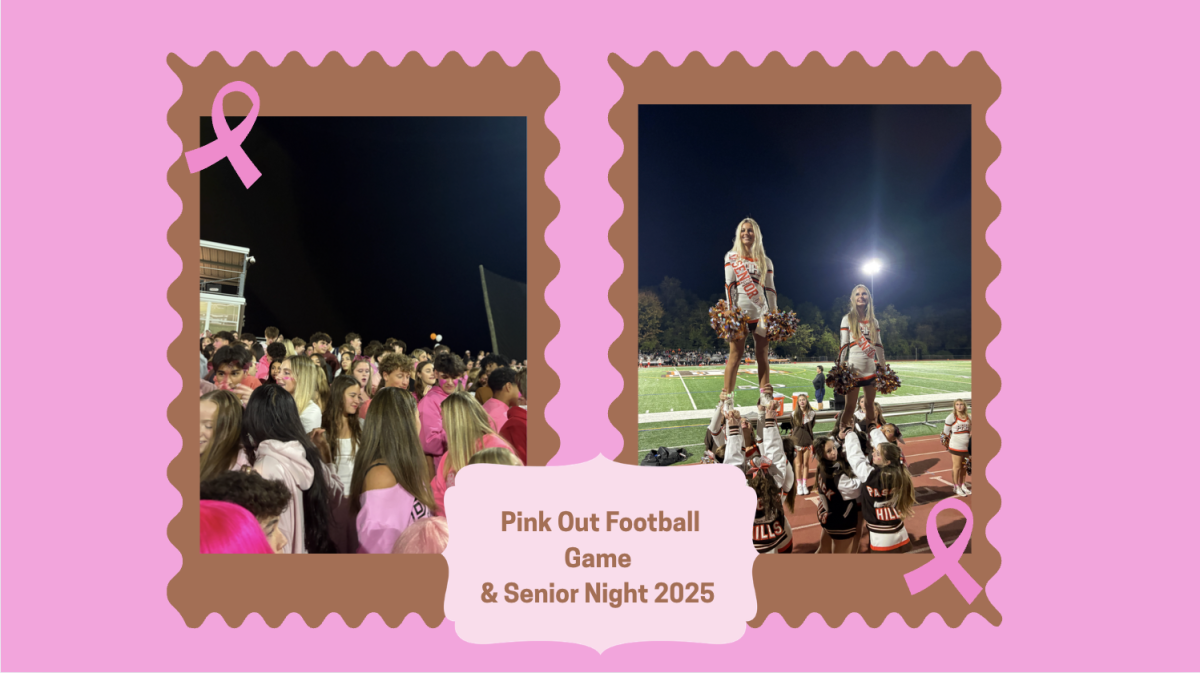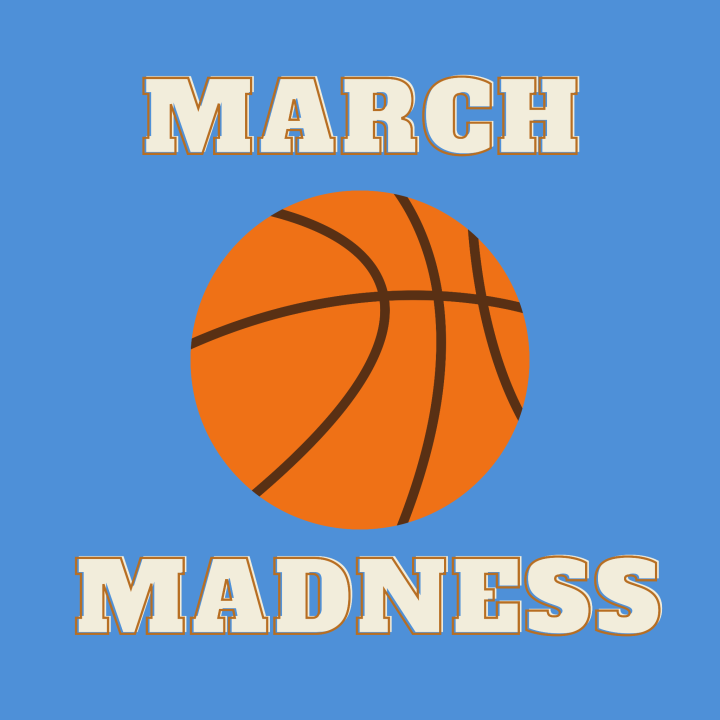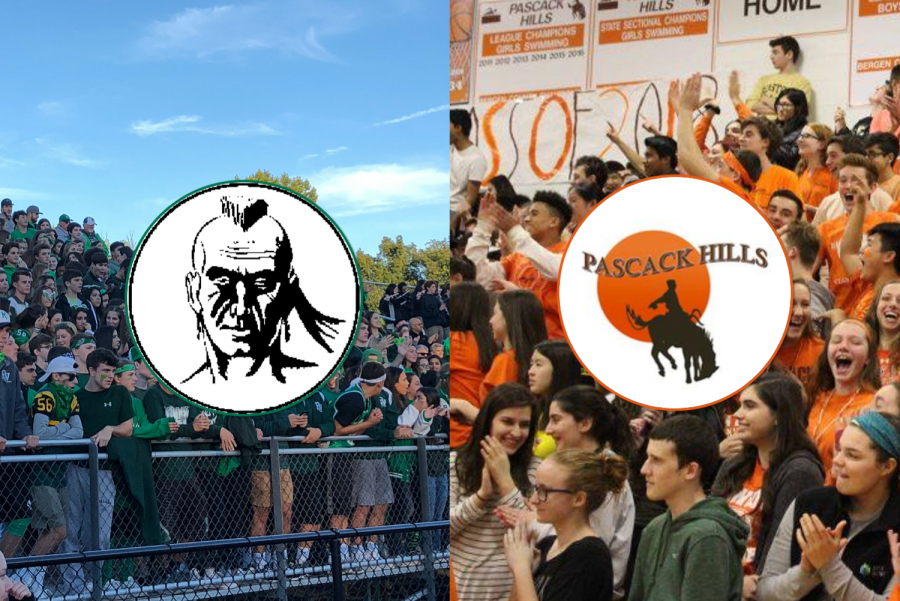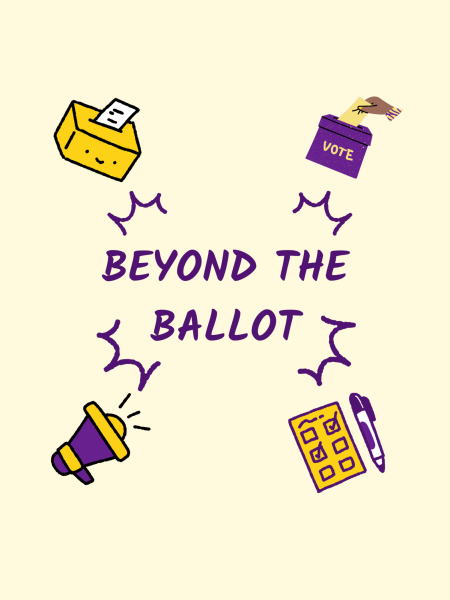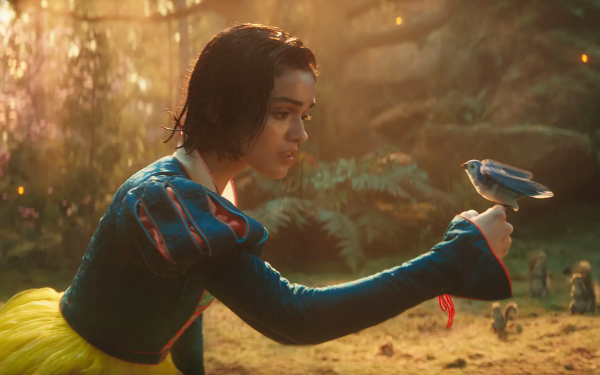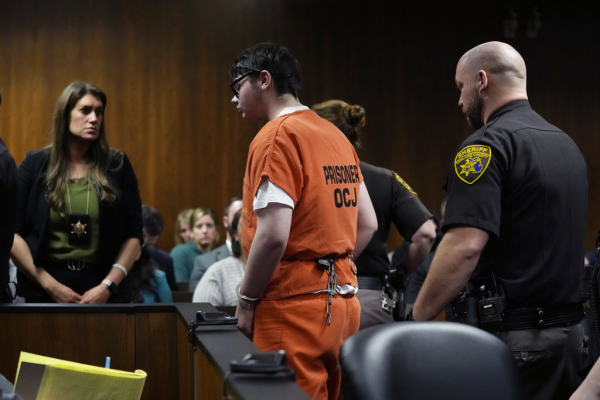Cowboy and Indian history contributes to broader mascot debate
There is a lengthy –– and recent –– history between cowboys and Native Americans; accurate or not, they are one of the most well-known rivalries in American culture.
The Pascack Valley Regional High School District (PVRHSD) Board of Education recently made the decision to remove the mascots of both Pascack Hills and Pascack Valley — the Cowboy and the Indian. This led to both conflict and agreement, where those for and against the change elevated the historical significance behind each mascot as a means of justifying their opinion.
There is a lengthy –– and recent –– history between cowboys and Native Americans; accurate or not, they are one of the most well-known rivalries in American culture.
The cowboys settled land belonging to Native Americans, and popular culture has connected them to both heroism and atrocities against the Natives who had already populated the continent prior to the arrival of Europeans. Countless Indigenous populations faced racial prejudice and were killed in atrocious ways, seen in one example by the half-century struggle between the Plains tribes and Texan settlers during the 19th century.
Many of the cowboys who settled in America originally came from Mexico. Traditionally, they are thought to ride on horses, have mustaches, and wear large brown hats, but this is not necessarily true. Most of the people who settled onto Native American land in America were miners, ranchers, and settlers. They wanted to clear land for themselves and use the resources that were there, creating a unique reputation in the process that has been glamorized in books, movies, and TV shows.
The history of the Lenape Indians goes back tens of thousands of years, and their ancestors settled in America’s northeast — the states we know today as Delaware, Pennsylvania, New York, and New Jersey. Over time, they were pushed by colonizers further west into states like Oklahoma and Texas, encountering settlers such as cowboys in the process. A variety of tribes were prevalent in Delaware, but New Jersey was the state that later developed a community non-profit agency that supported them.
Social Darwinism and the Manifest Destiny were the root of conflict between the Cowboys and Indians. According to Social Darwinism, there is natural selection and a hierarchy to different races. Manifest Destiny claims that the expansion and conquering of American land was inevitable. This applies in the mascot situation because the Indians were not accepted as widely as the cowboys were, and explains the cowboys’ logic of taking over their land. Until 1978, Lenape Indians did not have the right to practice their religion freely by Congress.
Most people don’t realize how close in history some events are to present day. Although their significance has been exaggerated by pop culture, conflicts between Native Americans and cowboys did not cease after the 19th century; in fact, they carried on into sports.
Native Americans proved to be superior to American cowboys in sports such as baseball, football, basketball, and track and field sports. Native descendants were also Olympic athletes, like Jim Thorpe, who was a two-time gold medalist at the 1912 Olympics. This caused the cowboys and other white Americans to question American superiority.
This superiority in athletics is one explanation for the popularity of Native American mascots according to David G. Lewis, PhD, a Native history researcher. Beginning around the same time as the group proved their skills in athletics, teams began to often name themselves terms such as the Indian, a description Americans more commonly used at the time. Mascots using Native terms and nicknames were used to motivate players and give them a strong spirit and energy, just like Native Americans had played in the past. However, today proves that using both the Cowboys and Indians as mascots can be offensive to some.
The intent behind Pascack Valley and Pascack Hills when choosing their mascots had no harm. Valley chose to make their mascot the Indians because the school is on the land that they settled on. Hills chose the Cowboys because their intent was for it to represent the rivalry with Valley.
This history is regarded such that the mayor of Montvale, Mike Ghassali, invoked the history of the Lenape Indians to express his disappointment in the mascot removal, saying that “Indian heritage is deeply rooted in this region.”
It has also led to a split down the middle in both the Hills and Valley communities.
On one hand, members of the public in attendance at the virtual Board meeting on June 25 argued that the Valley Indian honors the real-life Ramapo Lenapes, who originally resided in the Northern New Jersey area. The green and white colors, specifically, represent peace and harmony.
On the other hand, Hills 2020 graduate and Woodcliff Lake resident Beck Kerdman stated that the Hills and Valley mascots “memorialize the wrong things”: genocide and oppression.
In autumn of 2019, the Hills-Valley equity team was established, and members began advocating against the schools’ mascots due to their controversial history and what they have come to represent. This issue has been brought up on three different occasions since 2004.
Mr. Doug Goodman, a history teacher at Hills, explained his knowledge on the history of both mascots.
“My understanding is that the vision of ‘Cowboys and Indians’ we have today is largely a myth based on movies and T.V. shows that were massively popular in the 1950s and 1960s. In that context, it is not surprising that PV (opened in 1955), and PH (opened in 1964) selected these figures as their mascots. The reality is that in the West these groups had little contact with each other and there was not nearly as much conflict between the two groups as Hollywood would have us believe. Most of the conflict with Native Americans actually took place with early settlers (not cowboys) or the US military.
While I do not strongly oppose the changing of the mascots at Hills and Valley I do not think the decision by the [Board] will have a major impact on racial tensions in the school in the long run. It is a symbolic gesture that isn’t without meaning, but changing people’s minds and attitudes on race will come from open discussion in the classroom and education about our nation’s past that will help put current events into perspective. There will be no shortcuts,” he said.
On June 23, now-Principal Tim Wieland sent out an email to the students and faculty at Hills, explaining the reasoning behind the decision that the Board made on June 22 to change the mascots. The main argument for changing the mascot is that the racist rivalry is offensive, but the public and the administration alike have also contended that the mascot is not gender-inclusive and promotes a rivalry between the two schools that contradicts the district’s goal of unity.
“As the future principal of Pascack Hills, I struggle with what to call our lady teams . . . ‘Lady Cowboys?’ ‘Cowgirls?’ Neither of those is fitting for the hardworking, dedicated young women I am proud to call my student-athletes,” Wieland explained in his email.
Following the email that was sent out by Wieland, many students sent chain emails regarding their concern for the mascot change. Rising sophomore Sean Murphy voiced his opinion and stated that “I feel as if they had no right to do this to me or any of my [peers].”
Individuals who are against the mascot feel as though the Indians and Cowboys image does not properly represent the community that they are affiliated with. Those who are for the changing of the mascots view this rivalry as a racial injustice. Taking into account the historical context behind the Indians and Cowboys, many choose to base their arguments on the fact that these mascots were founded on racist premises.
In response to the Board meeting on June 22, rising senior Gio Giacomarro started a petition on Change.org titled, “Keep the mascot of Pascack Hills the Cowboy.” Over 2,000 students, parents, alumni, and other members of the Hills community have signed it, though the identity of every petitioner can not be verified.
On June 23, other students and members of the community protested at Hills because they felt as if the changes to the mascots were unnecessary. Many individuals believe that the history behind the Indians and Cowboys tradition is too significant to disregard. The belief that the mascots bring a sense of pride and togetherness to the community is one of the main reasons why people are fighting against this change.
“For the most part, it was much calmer than I expected it to be, and everyone was just in a group protesting. Then, [Wieland] came over and students started to discuss with him what was going on, specifically how our parents are going to have to pay for the fixes,” explained an anonymous participant.
Many are concerned about the changing of the mascots because of the re-branding costs and process. Parents and other members of the community are waiting to see how much this “mascot switch” will affect the amount of money that taxpayers provide to the school system.
According to a quote referenced by Mayor Ghassali, it will cost $76,661 to change the Cowboys name on the end zone turf at Hills and $25,000 to “fix the field and disturbance around it for making the change.”
Yale Glazer, the father to a rising sophomore and senior at Hills, questioned if anyone “figured out the numbers” of how much it will cost to change things such as sports uniforms, walls inside the building, and the football field.
On June 26, the Board sent an email updating the community about their reasoning behind their decision.
“One of our goals to support this responsibility is to advance the work of inclusivity and equity throughout the district by expanding institutional awareness, establishing stronger connections with marginalized groups, and engaging students and regional partners. This goal is set to create an educational environment where the mutual contributions of all races, genders, religions, and cultures accept, respect, and learn from one another,” the email read.
They also addressed financial concerns that Glazer brought up previously. They stated in the email that they have an “intimate knowledge of our budget;” that changes to the school’s electronic media were already being made for free, and other alterations were already going to be made to uniforms and facilities.
Many news outlets and verified Twitter users have republished articles or used reporting from the Trailblazer. Reporters have created articles and videos on platforms such as News 12 New Jersey and CBS Channel 2 discussing the situation.
The Pascack Valley Regional High School District is not the only district that has been dealing with this situation. Wayne Valley High School in Passaic County is facing opposition from their community because their mascot is also the Indian. The local uproar in Bergen County fueled over 2,700 students of the Wayne Valley community to sign a petition to drop the mascot.
In addition, many national sports teams have seen their mascots put under the microscope for appropriating Native Americans, including the Washington Redskins, which announced it would replace its name. The Cleveland Indians, the Kansas City Chiefs, and the Atlanta Braves are also among the teams facing criticism.
At Hills and Valley, the rivalry between the Indians and Cowboys has created difficult conversations in the community, which has led to division. There have been multiple updates and informative emails released to the public in a short amount of time. As of right now, the future of the re-branding of these mascots is not yet known.

Briana Keenan is a senior at Hills. She joined the Trailblazer her freshman year as a staff writer and edited for the In-Depth and School News sections her sophomore and junior years, respectively. This year, Keenan is looking forward to being the publication's Editor-in-Chief and continuing to write, edit, and manage stories for the Hills community.
Fun fact: Over the summer, Keenan went to the School of the New York Times for two weeks.

Kate Zydor, a junior at Hills, joined the Trailblazer her freshman year as a staff writer. Since her sophomore year, she has edited the In-Depth section. She is looking forward to another year of writing articles and editing along with her co-editor, Sabrina Moe.
Fun fact: Zydor's favorite pastime is watching and listening to true crime documentaries and podcasts.











